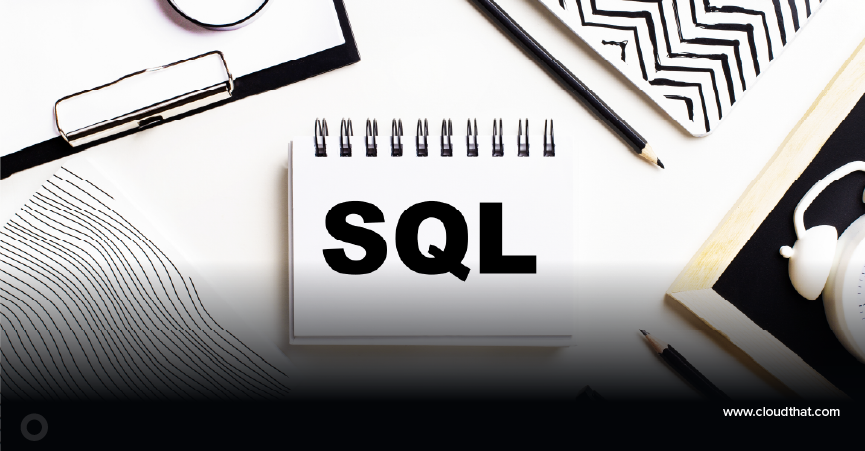|
Voiced by Amazon Polly |
The Visual Calculations feature in Power BI Desktop allows you to create a calculation directly on a visual by using the context on the visual. It is an easy and flexible option with Excel-grid like approach for creating calculations. In this blog we will practically see a case how the new Visual calculations feature in Power BI make life much easier for the business users of Power BI.
Let us take a case of sales data where the daily transactions are being recorded in a table and the analyst wants to calculate the Year-to-date (YTD) sales amount. Consider a case where you need to create a tabular visual with monthly sales amount along with the year-to-date sales amount, as shown below.

This can be achieved using DAX language if the user knows DAX functions. It can also be created using the visual calculations option if the user does not know DAX functions. Let us see each one of them and to understand how Visual Calculation makes it easy.
Enhance Your Productivity with Microsoft Copilot
- Effortless Integration
- AI-Powered Assistance
DAX Approach
Imagine you have a calendar table also. So, you would create a DAX expression as follows to achieve the ‘Year-To-Date Sales’. Now the below DAX expression might be intimidating to some business users who have no knowledge of DAX.
|
1 2 3 |
Year-To-Date Sales = CALCULATE ( SUM( Sales[Sales] ) , DATESYTD ( DateTable[Date] ) ) |
Now consider you are trying to achieve the same using the Visual Calculation option. You can simply click the existing table visual and click on the drop-down option for ‘Visual Calculation’ option under the home ribbon. Among the available templates, select ‘Running Sum’.

As the formula editor appears, all what you need to do is to replace the [Field] with the existing column of ‘Monthly Sales’, as shown below. Also rename the new calculation appropriately.

This shows how easy, and flexible is visual calculations in Power BI. Now let us see the advantages of visual calculation over DAX calculations.
- Ease of Use: Users doesn’t need to know DAX to create visual calculations. They can interact with the fields in the visual or even use the templates available to create visual calculations.
- Immediate Feedback: Visual calculations show the results immediately on the visual and you can verify using the visual context. DAX calculations need to be created and the added on to a visual separately.
- Data Exploration: When you are quickly exploring the data without working or finalizing the model, Visual calculation helps you perform ad hoc analysis.
- Storage on Model: Visual calculations are never stored on the model. They are calculated and stored at the visual level only.
However visual calculations also have some limitations of its own. Let us evaluate some of them as well.
- Limited Options: Visual Calculations are limited in option. For example, a DAX measure cannot be referenced inside a visual calculation.
- Limited Functionality: We cannot perform advance calculations and analysis using visual calculation, like how we do with DAX measures.
- Reusability: Unlike DAX calculations, Visual calculations cannot be reused in multiple visuals. A visual calculation created on a visual is limited to the same.
- Performance: Although visual calculation doesn’t affect the model performance as they are only calculated on the visual level, DAX is optimized for handling advanced and complicated calculations.
Conclusion
Visual Calculations in Power BI is not a substitute for DAX calculations at all. They can be better understood as an easy-to-use option for creating simple calculations. It can be seen as a stepping stone to learning advanced DAX functions for the business users without technical knowledge. Visual calculations are ideal for simple use cases and while doing quick data explorations. However, when creating more complex, reusable and performance friendly calculations, DAX could serve as a better choice.
Become an Azure Expert in Just 2 Months with Industry-Certified Trainers
- Career-Boosting Skills
- Hands-on Labs
- Flexible Learning
About CloudThat
CloudThat is an award-winning company and the first in India to offer cloud training and consulting services worldwide. As a Microsoft Solutions Partner, AWS Advanced Tier Training Partner, and Google Cloud Platform Partner, CloudThat has empowered over 850,000 professionals through 600+ cloud certifications winning global recognition for its training excellence including 20 MCT Trainers in Microsoft’s Global Top 100 and an impressive 12 awards in the last 8 years. CloudThat specializes in Cloud Migration, Data Platforms, DevOps, IoT, and cutting-edge technologies like Gen AI & AI/ML. It has delivered over 500 consulting projects for 250+ organizations in 30+ countries as it continues to empower professionals and enterprises to thrive in the digital-first world.
WRITTEN BY Shahab M


 Login
Login


 March 3, 2025
March 3, 2025 PREV
PREV










Comments